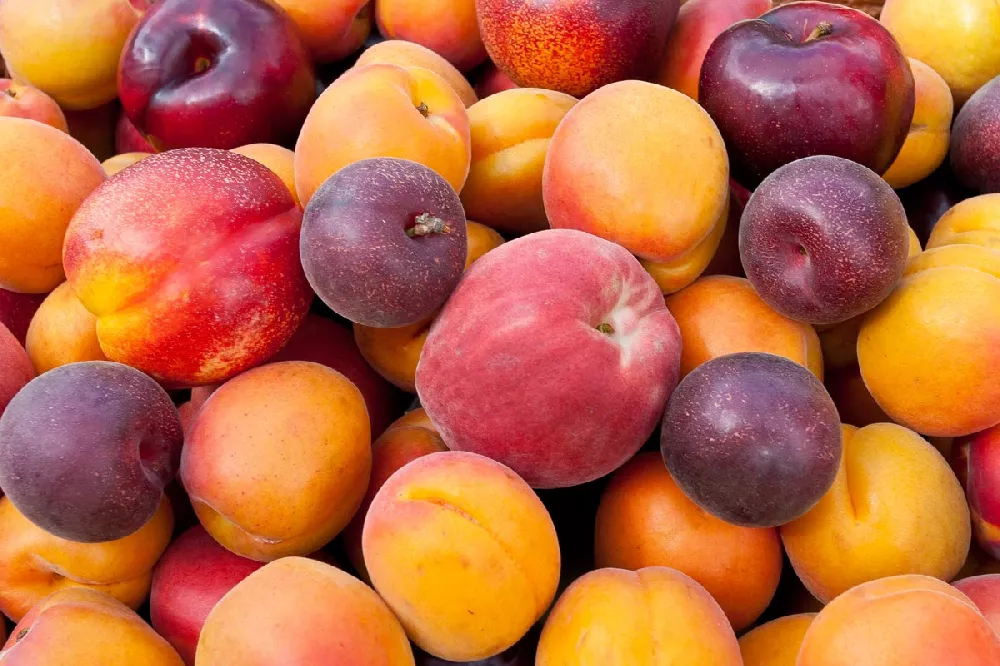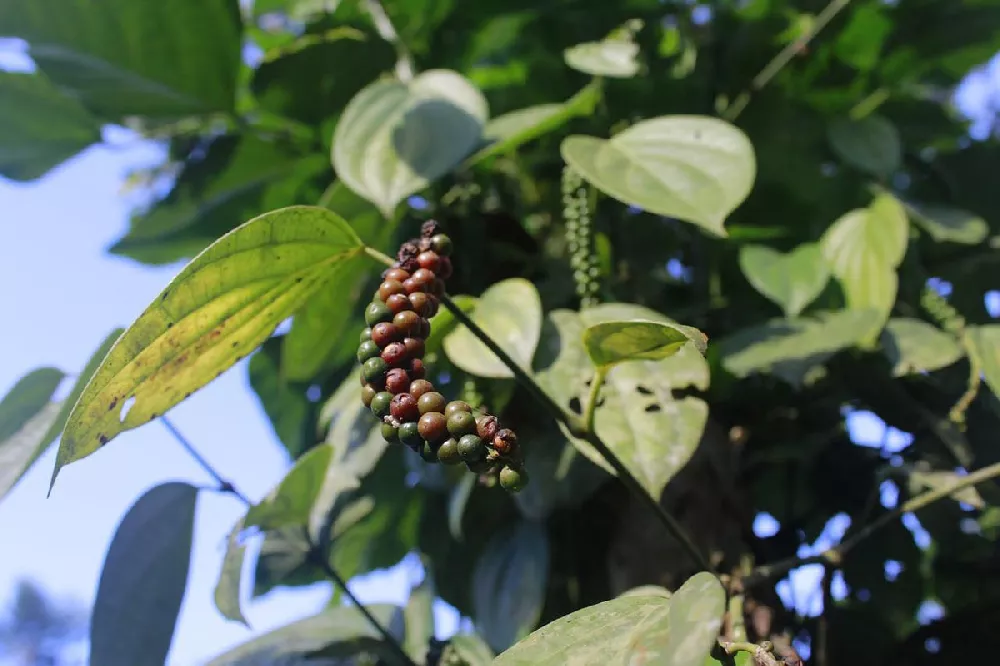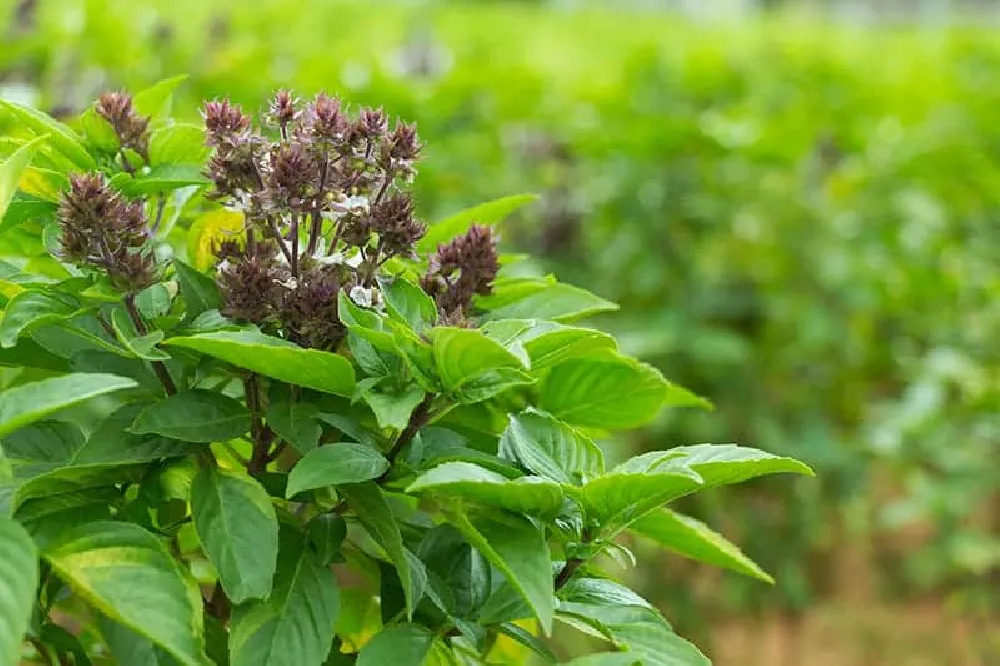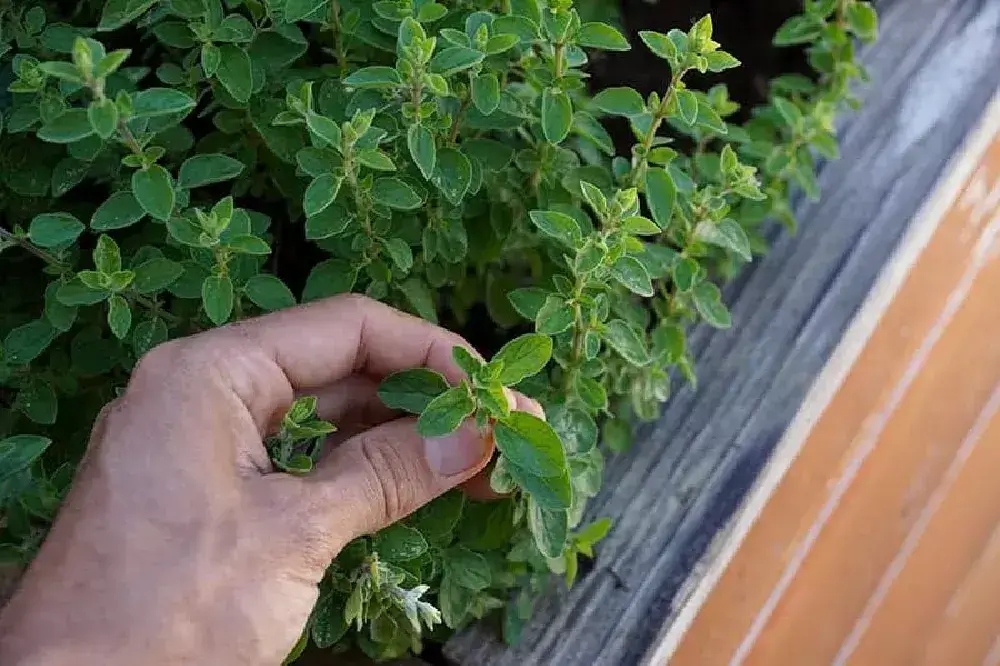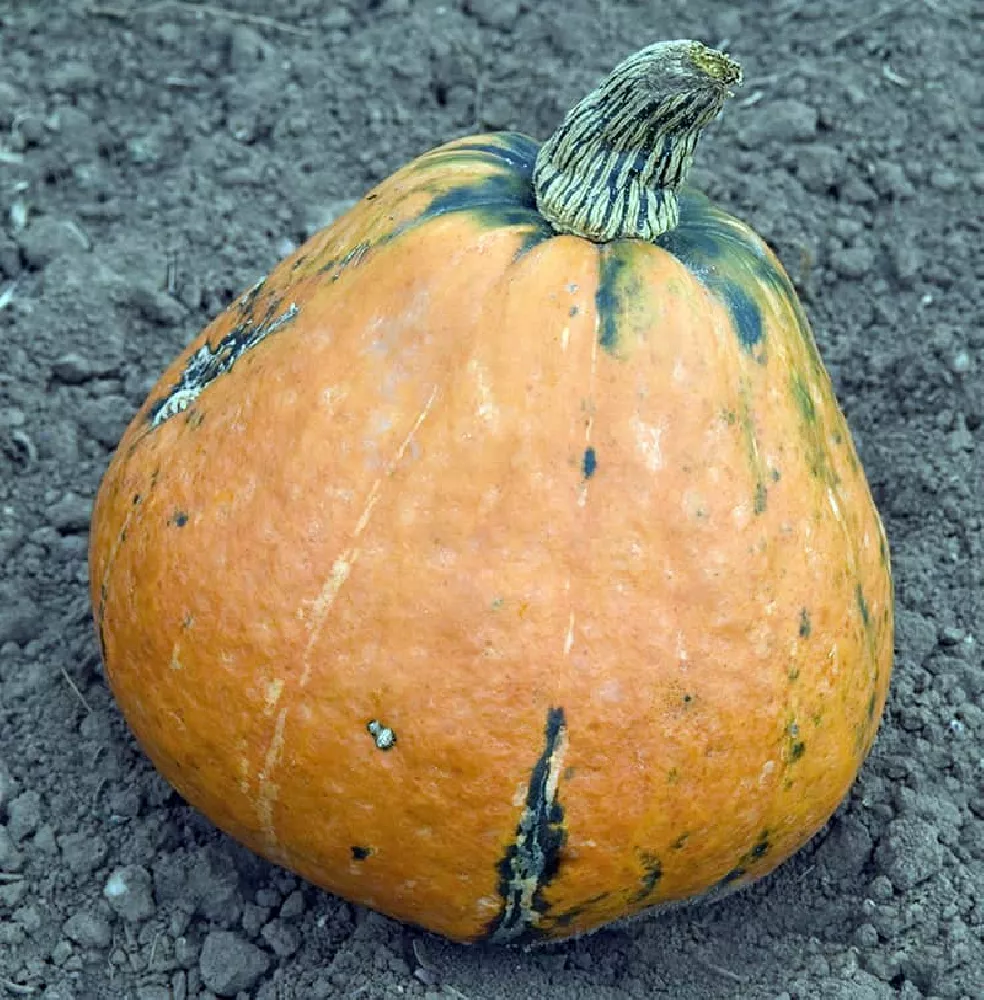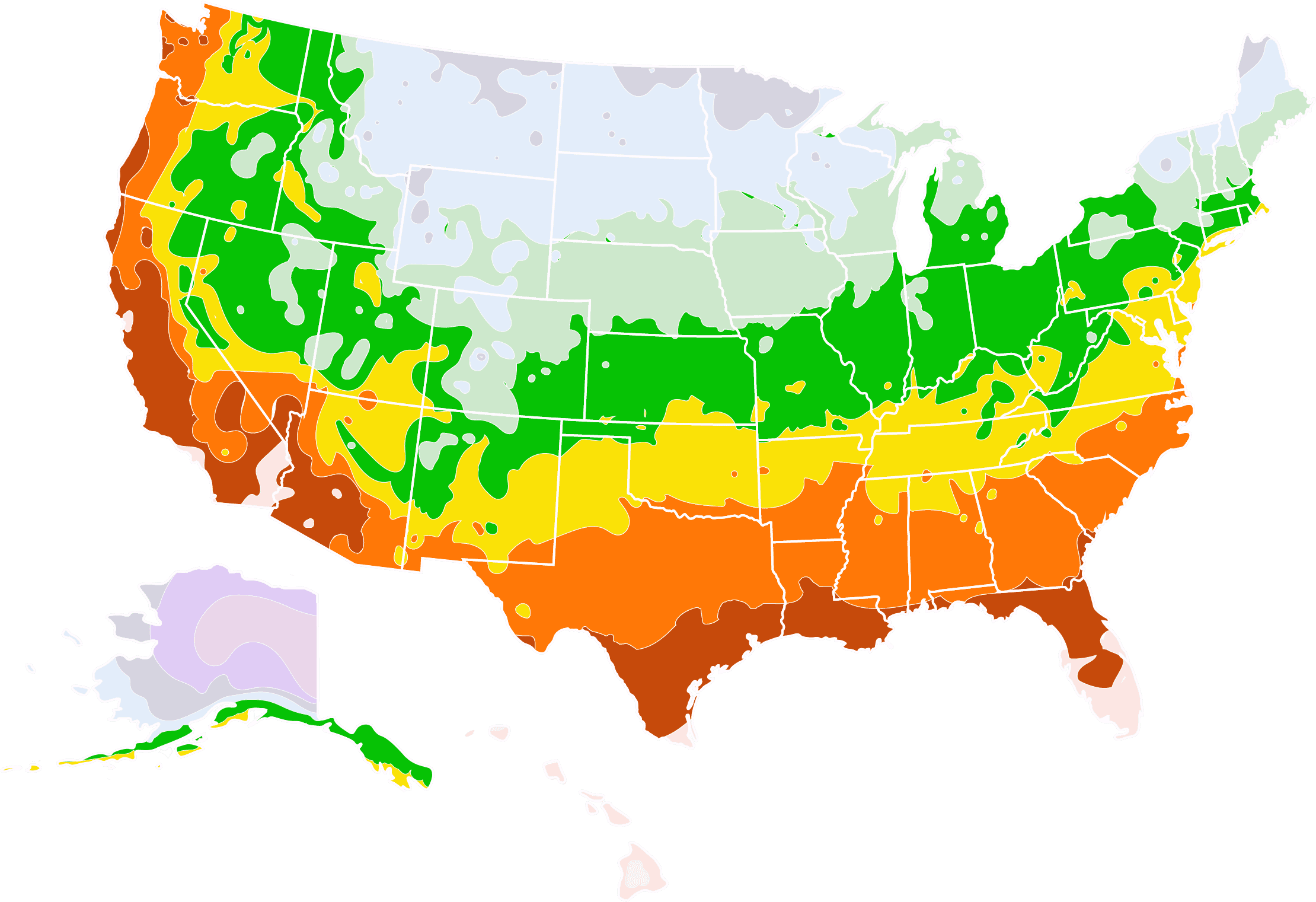- Home >
- Edible Plants >
- Fruit Cocktail Tree
Fruit Cocktail Tree for Sale - Buying & Growing Guide
The fruit cocktail tree is probably one of the most remarkable trees you’ll ever see. This plant, which consists of multiple branches grafted to a single rootstock, has the amazing ability to grow several distinct types of fruit at the same time. While such a harvest sounds too good to be true, you'll be pleased to find that the fruit cocktail tree delivers, often developing plumbs, apricots, and other stone fruit. This tree also maintains a moderate size, making it suitable for many garden spaces.
- The fruit cocktail tree grows more than one type of fruit on a single tree.
- Its small to moderate size makes for easy planting and harvesting.
- It is self-fertile and relatively easy to care for.
Enter your zip code to find nearby stores that may carry this plant.
Plant Care
Sunlight

This tree grows best in full sunlight settings.
Watering
The fruit cocktail tree generally has high water needs. Consider giving it water once per week.
Fertilizing

Perform at least one annual feeding in spring with an all-purpose blend or one rich in nitrogen.
Planting and Care
Planting instructions
To begin planting your fruit cocktail tree, you should dig a hole that is as deep as the root ball is tall and is about twice as wide. Place your fruit cocktail tree in the ground so that the root flare is at or just above the soil line, and backfill with nutrient-rich soil. Fruit cocktail trees grow best where there is full sun exposure, which encourages healthy fruit development, and where the weather is relatively warm. Zone 6 is typically the coldest zone in which this plant will survive.
Watering and nutrients
Your fruit cocktail tree will likely need to receive a considerable amount of water, especially during establishment and when the fruit is developing on the branches. Try watering your tree about once per week during the growing season, but be prepared to increase or decrease your watering schedule based on how the plant responds. You should fertilize your fruit cocktail tree at least once per year in the early spring. A balanced, all-purpose fertilizer will often suffice.
Pollination
Fruit cocktail trees are typically self-fertile plants, meaning that you won’t necessarily need more than one to produce fruits. However, growing additional trees, allows for cross-pollination and leads to better fruit yields in nearly every situation. Still, finding compatible trees for a fruit cocktail tree can be difficult since these trees carry more than one type of fruit. If you wish to cross-pollinate all the flowers on your fruit cocktail tree, you should plant a tree species that matches each distinct branch variety grafted to your tree.
Pruning
When pruning, you should remove any branches that are unhealthy or grow at a weak angle to the trunk. Typically, branches that emerge from the trunk at a more upright angle have a weaker structure. Branches that run more horizontally are stronger and better able to hold heavy fruits. However, you should be careful when pruning a fruit cocktail tree, as you do not want to remove the major branches that have grafted to the tree — this may remove an entire set of potential fruits.
Pests, diseases, and animals
Fruit cocktail trees are as susceptible to pests and diseases as any other type of fruit tree. However, it can be challenging to predict which pests and diseases will be most likely to harm your tree. Fruit cocktail trees can grow several types of fruits, and each one could be more or less vulnerable to a specific set of pests and diseases. With that said, you should always be on the lookout for aphids, scale insects, and mites. Common diseases like canker, leaf spot, and rust can also occur.
Harvesting
The main goal of growing a fruit cocktail tree is to create a varied harvest consisting of different types of fruit on a single tree. These fruits could be of any variety, including plums, peaches, nectarines, and more. To understand how to harvest your tree, you need to recognize which fruits it grows. Once you determine the fruits your fruit cocktail tree holds, you should study the harvest times of those fruits and some of the physical cues that indicate when they are ripe for the picking.
Achieving maximum results
Caring for a fruit cocktail tree is unlike caring for nearly any other type of tree you can grow in your garden. The grafted nature of a fruit cocktail tree means that it will have branches with different fruits, each of which may require a special care routine. Your best bet is to study each of the grafted varieties your tree holds to provide the best care. Once you have a working knowledge of each fruit, you’ll be better able to determine how much water and fertilizer to give your plant overall.
FAQs
How are fruit cocktail trees created?
How large does a fruit cocktail tree grow?
Fruit cocktail trees tend to maintain a relatively small size. At maturity, they typically reach about 10 to 15 feet tall. They usually have a spread that is a bit smaller, at 8 to 10 feet wide. This moderate size is consistent with most grafted trees, as grafted trees tend to grow to smaller overall sizes than the parent trees from which their branches originate.
How fast does a fruit cocktail tree grow?
Fruit cocktail trees usually have an average growth rate that is neither exceptionally fast nor particularly slow. However, the growth rate of these trees can vary somewhat since they can consist of different branch groupings from any of several different tree species. Still, the variations in growth rate for fruit cocktail trees do not vary that much, and you won't need to worry about these plants spreading beyond your control in your garden.
Compare Similar Products
You can't add more Product Name - Product size to the cart.
OK